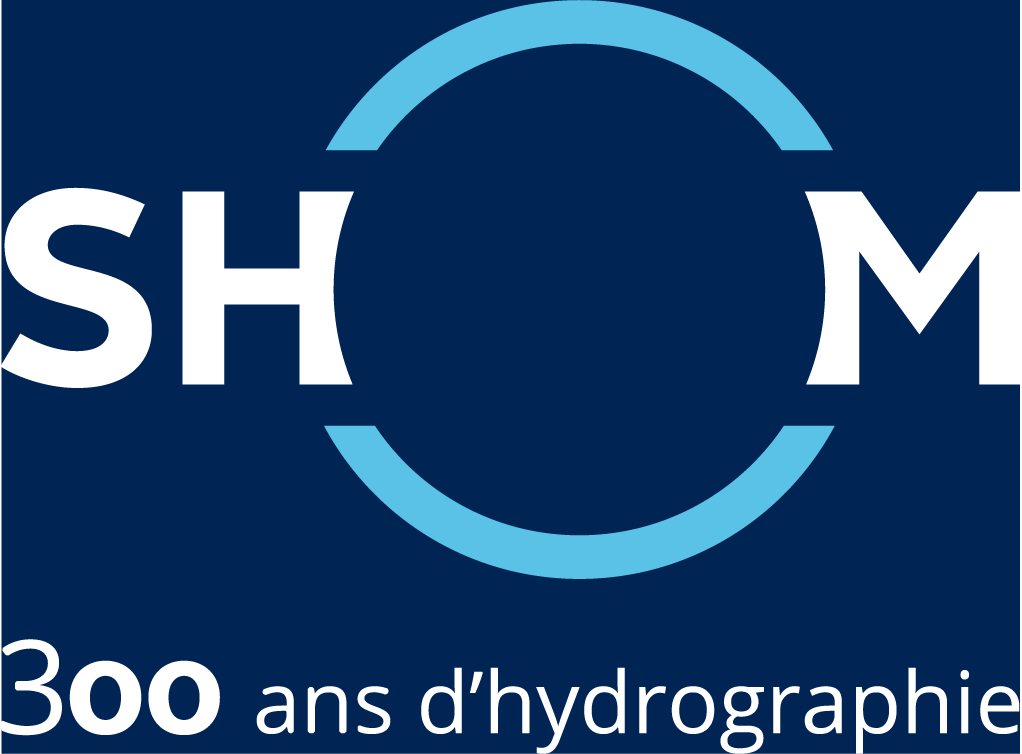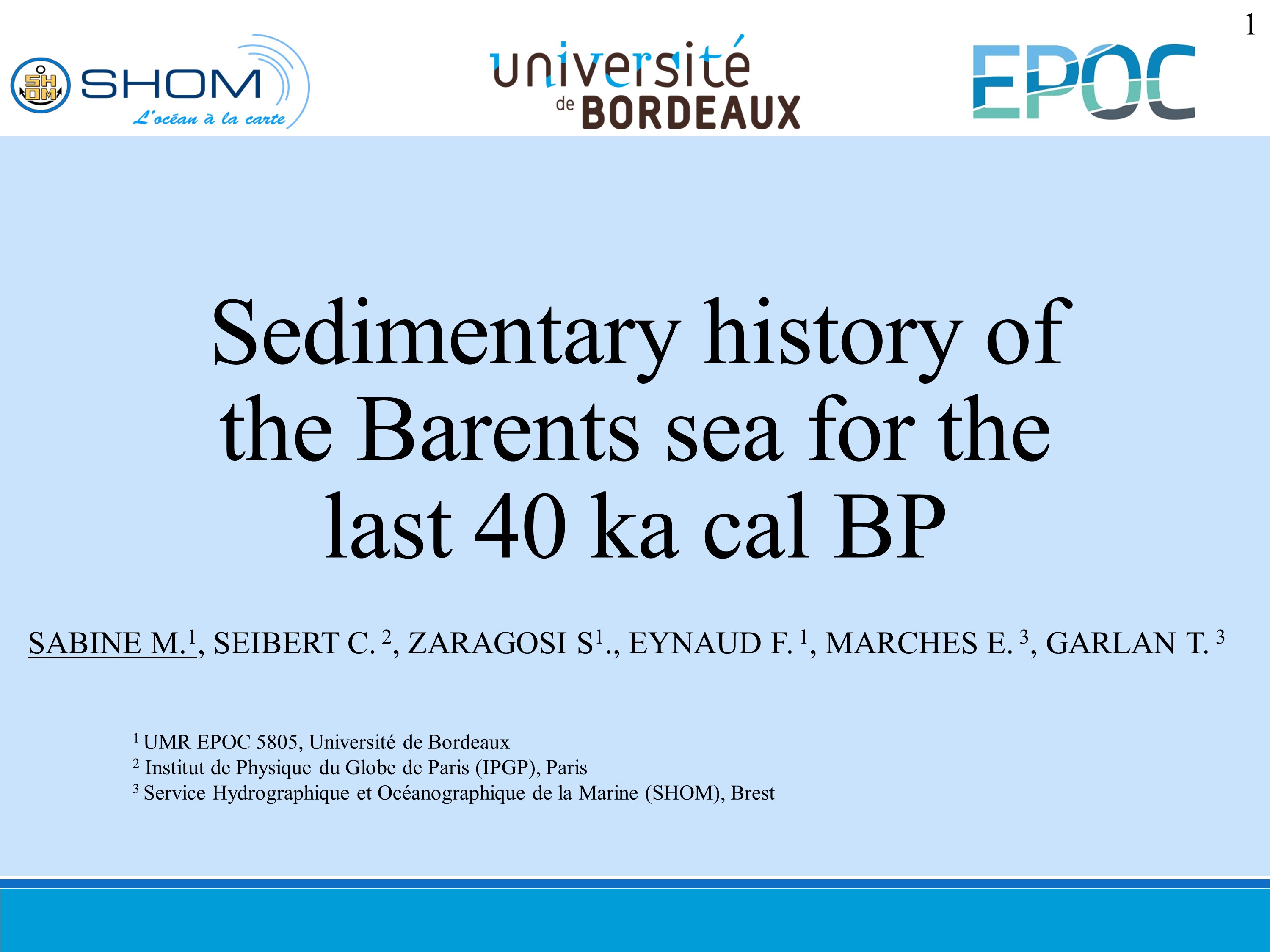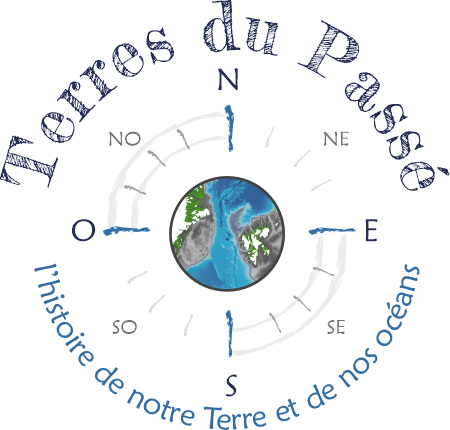International Meeting of Sedimentology - 2017 - Oral

Sedimentary history of the Barents sea for the last 40 ka cal BP
Abstract
Marjolaine SABINE1,@, Chloé SEIBERT2, Sébastien ZARAGOSI1, Frédérique EYNAUD3, Élodie MARCHÈS3, Thierry GARLAN3
(1) Environnements et Paléoenvironnements Océaniques et Continentaux, Université de Bordeaux (France)
(2) Institut de Physique du Globe de Paris (France)
(3) Service Hydrographique et Océanographique de la Marine (France)
(@) marjolaine.sabine@gmail.com
The continental shelf of the Barents Sea is characterized by tracks of erosion showing the presence of the ice sheet of Barents-Kara Sea. These incisions correspond to paleo-ice stream that drained the ice sheet, playing a crucial role in global circulation, injecting fresh water into the Atlantic Ocean. Seven sedimentary cores (KC11, KC12, KC13, KC14, KC15, KC05, KC04) collected during the mission SHOM MOCOSED 2014, off and on the Bear Island ice stream, on the path of the Norwegian Current, were analyzed to characterize the shallow and deep sedimentation of the area. A stratigraphic study was
realized by comparing several parameters: the magnetic susceptibility and IRD concentration, with a reference core: the MD95-2012, near the study area. Then sedimentary analyzes (rX imaging, XRF ratio microgranulometry) and micropaleontological were compared to determine sedimentary facies. CHIRP seismic profiles were also interpreted.
All these analyzes have revealed several facies have defined three sediment transport processes of the continental shelf to the deep ocean: the ice rafting, turbidity current and debris flows. Submarine slides were recorded in seismic profiles and slide scars and deposits were identified on the swath bathymetric data. While debris flows impact the entire length of the continental slope, the turbidity current’s activity decreases from the coast of Norway to the Bear Island trough. Several hypotheses were proposed to the processes to the origins of flows: cascading by Brine rejection and fluvio-glacial activity. Finally, the submarine slide on the Bear Island Trough Mouth Fan seems have been multiphased, with its last phase of destabilization dated at 16.8 ka BP, synchronous with the Heinrich event 1.
Content
 Terres Du Passé
L'histoire de notre Terre et de nos Océans
Terres Du Passé
L'histoire de notre Terre et de nos Océans




